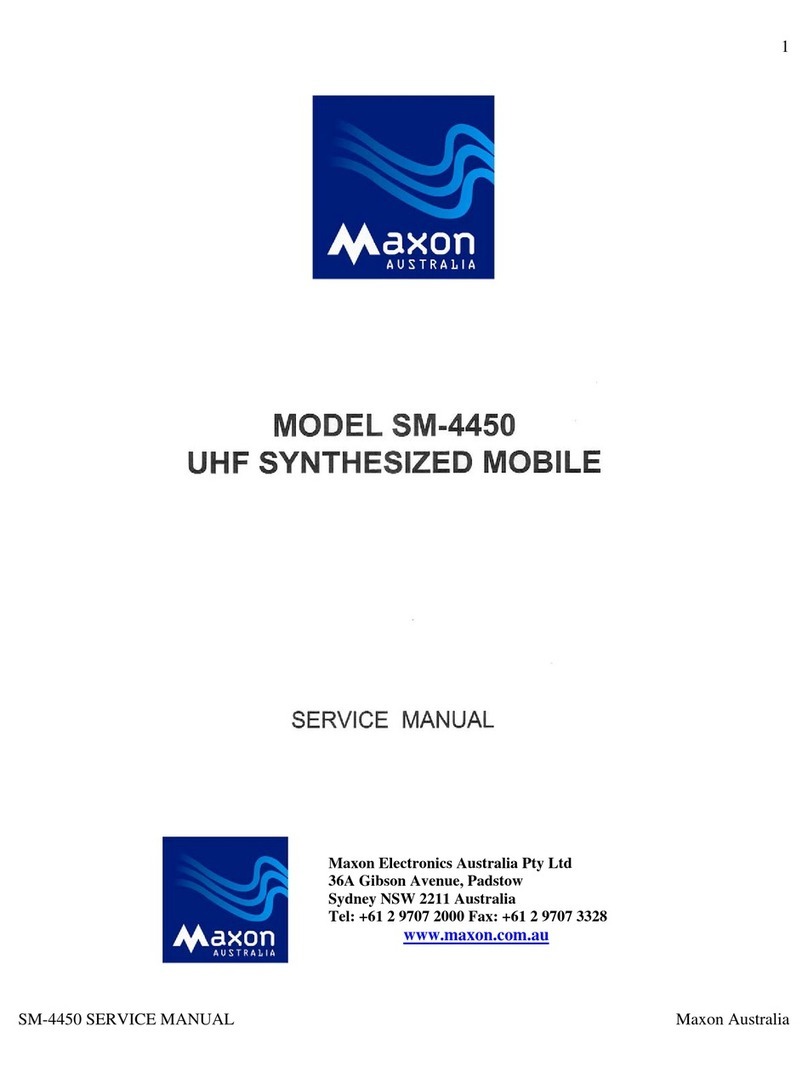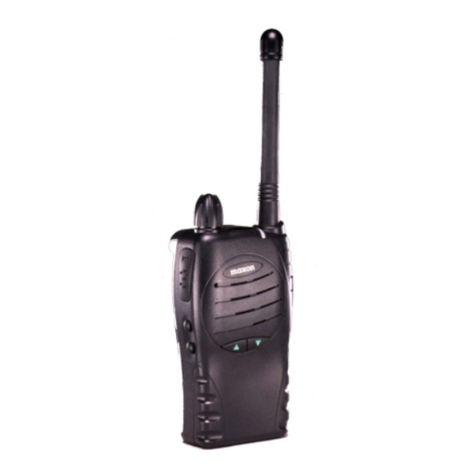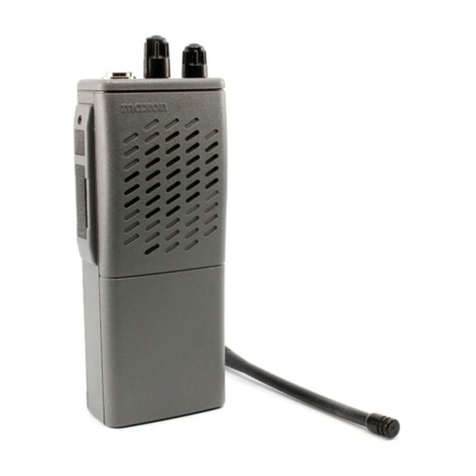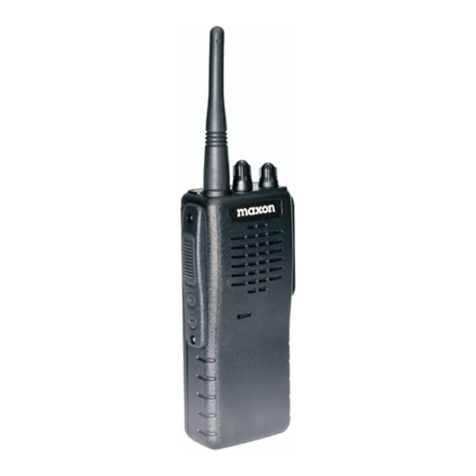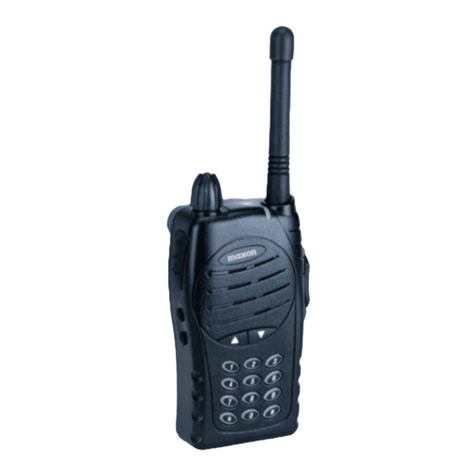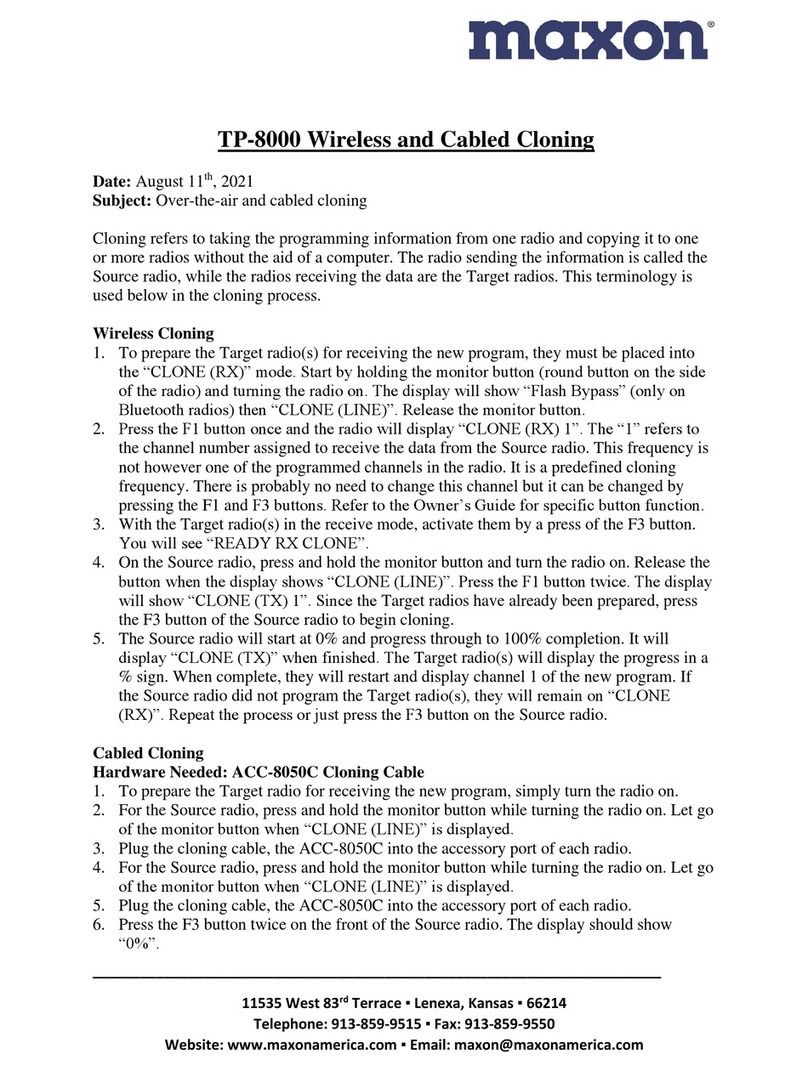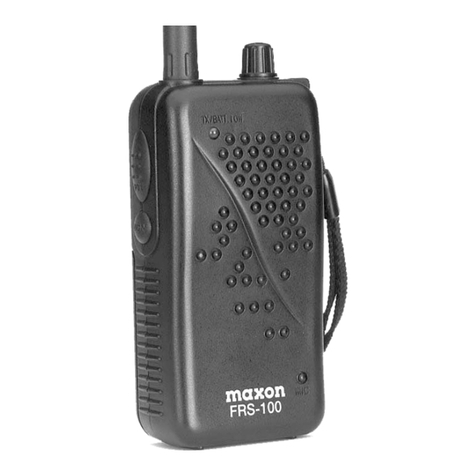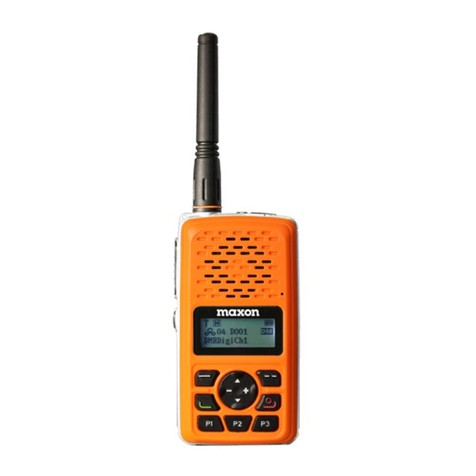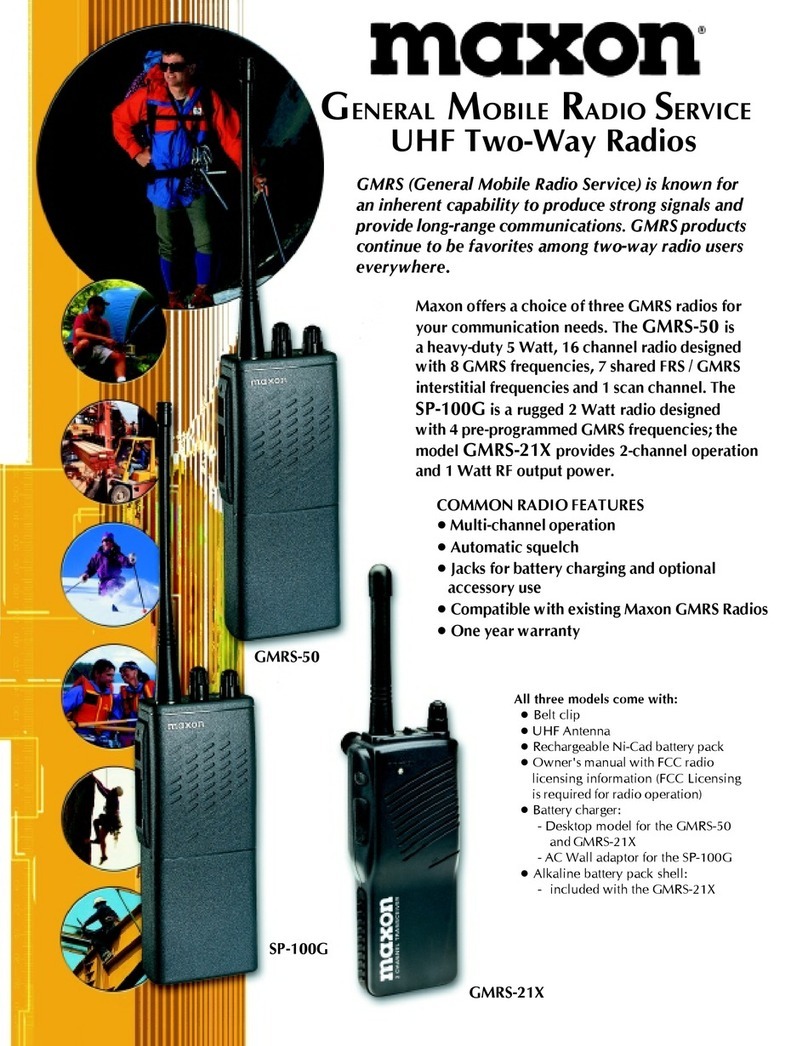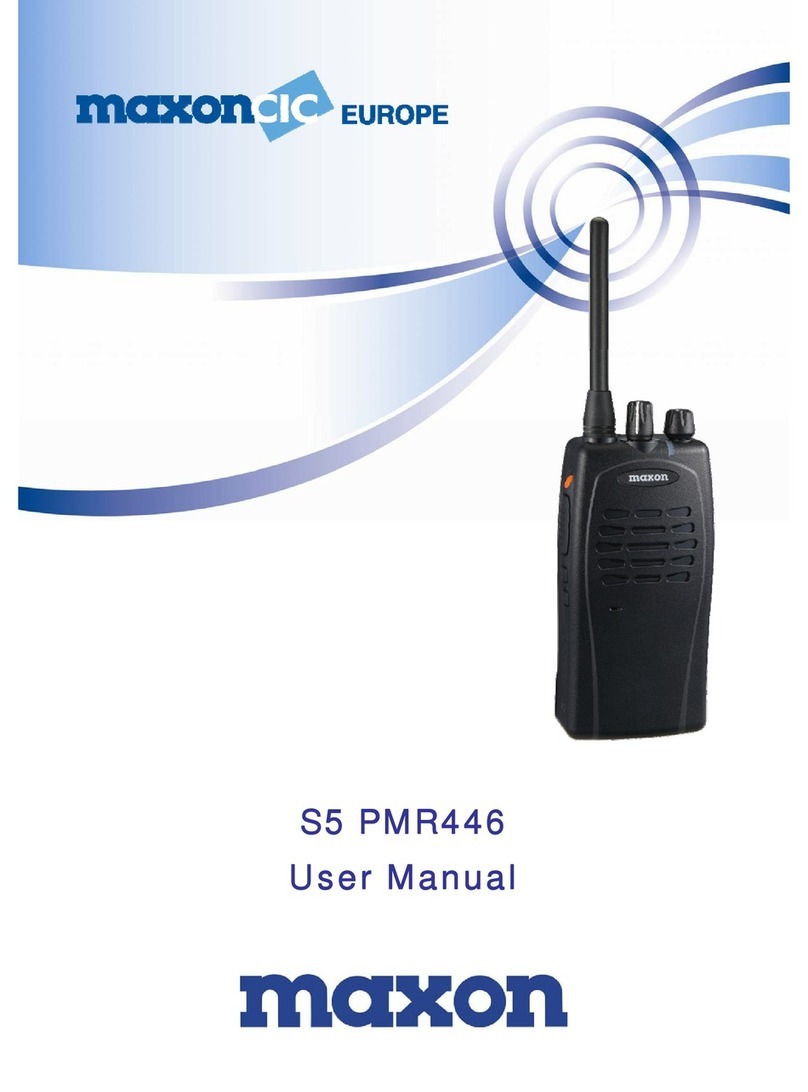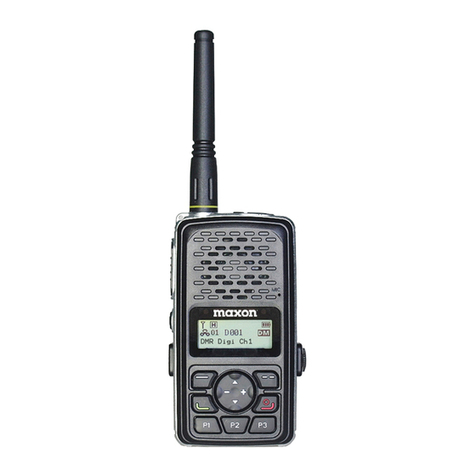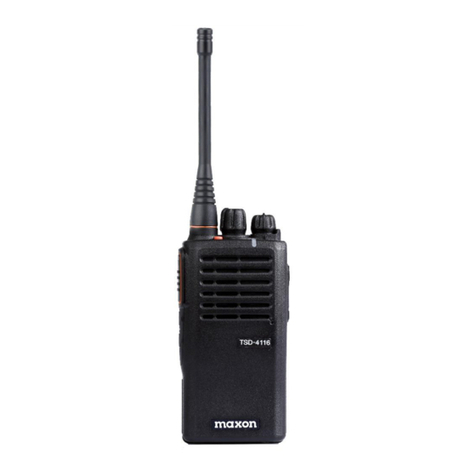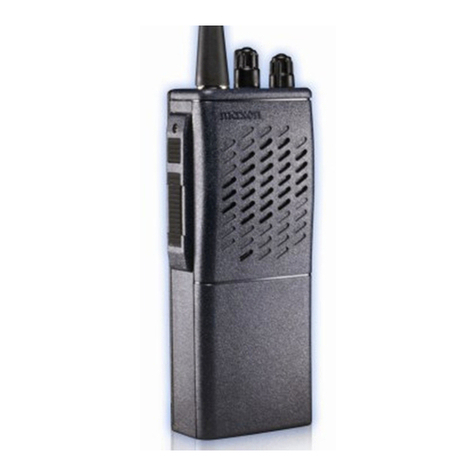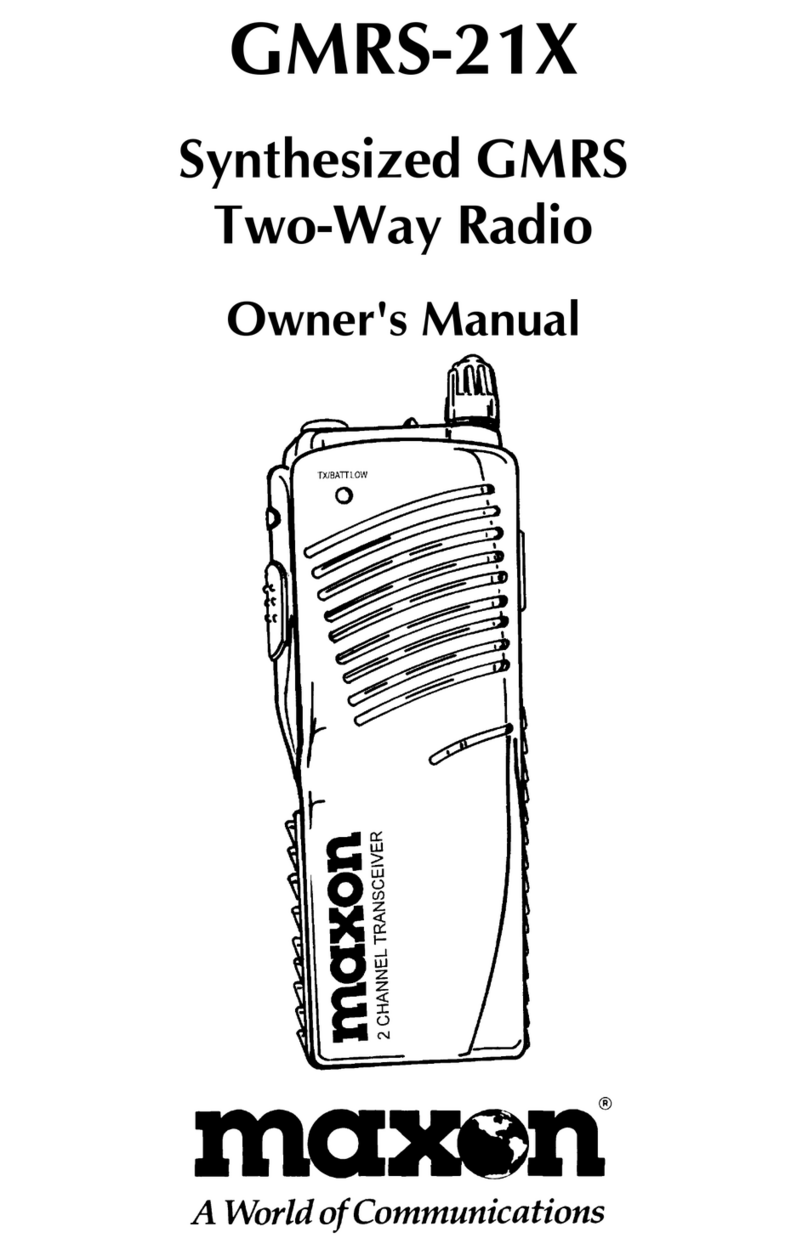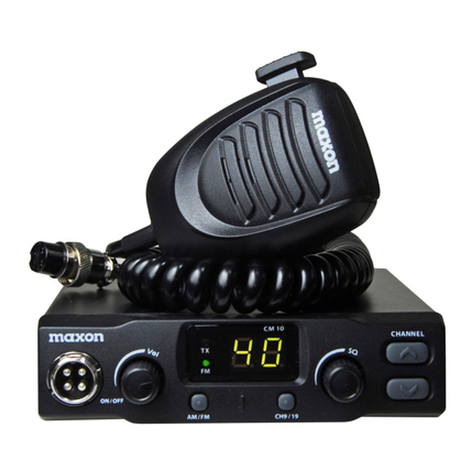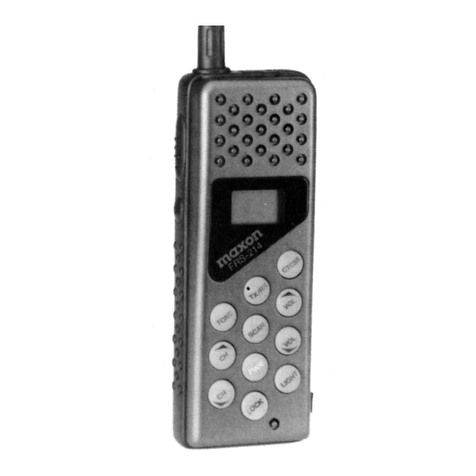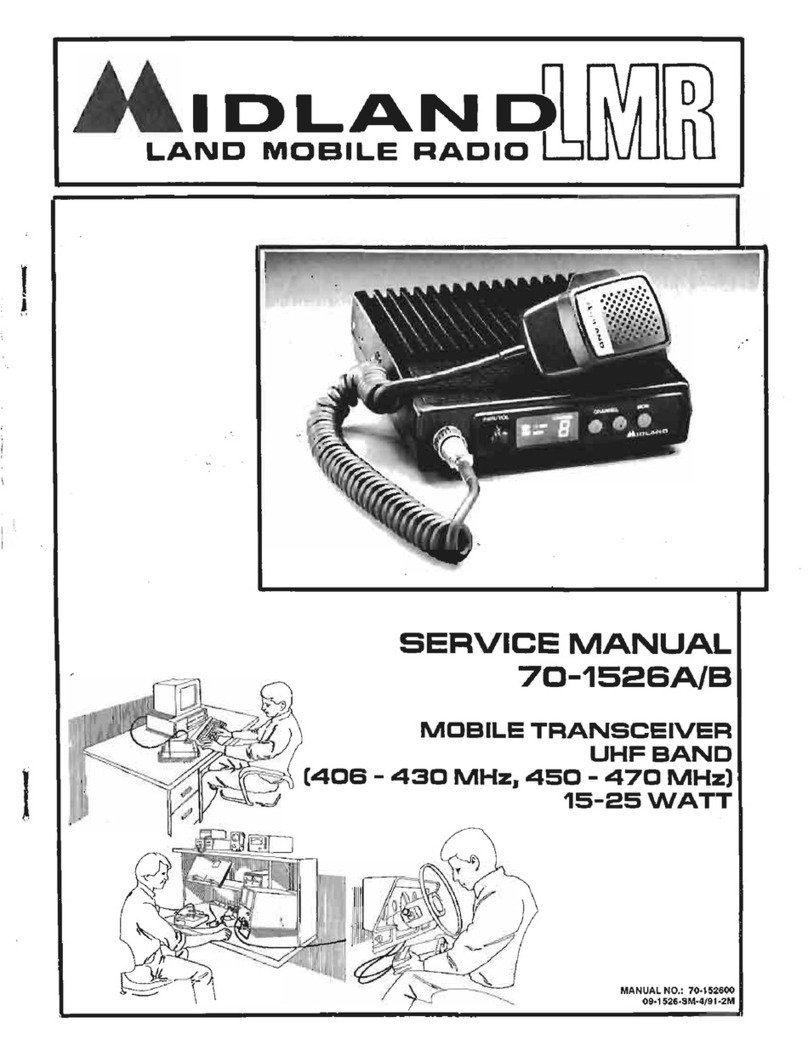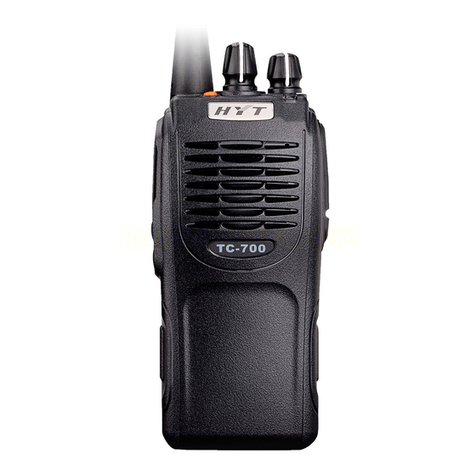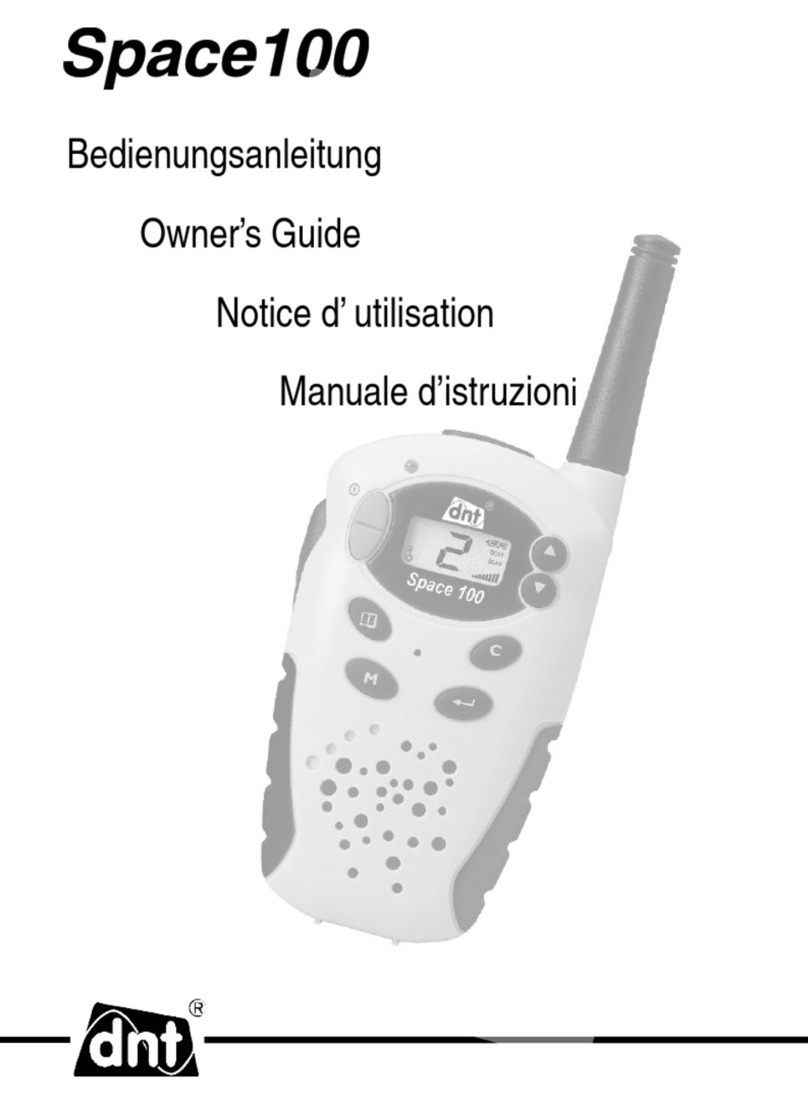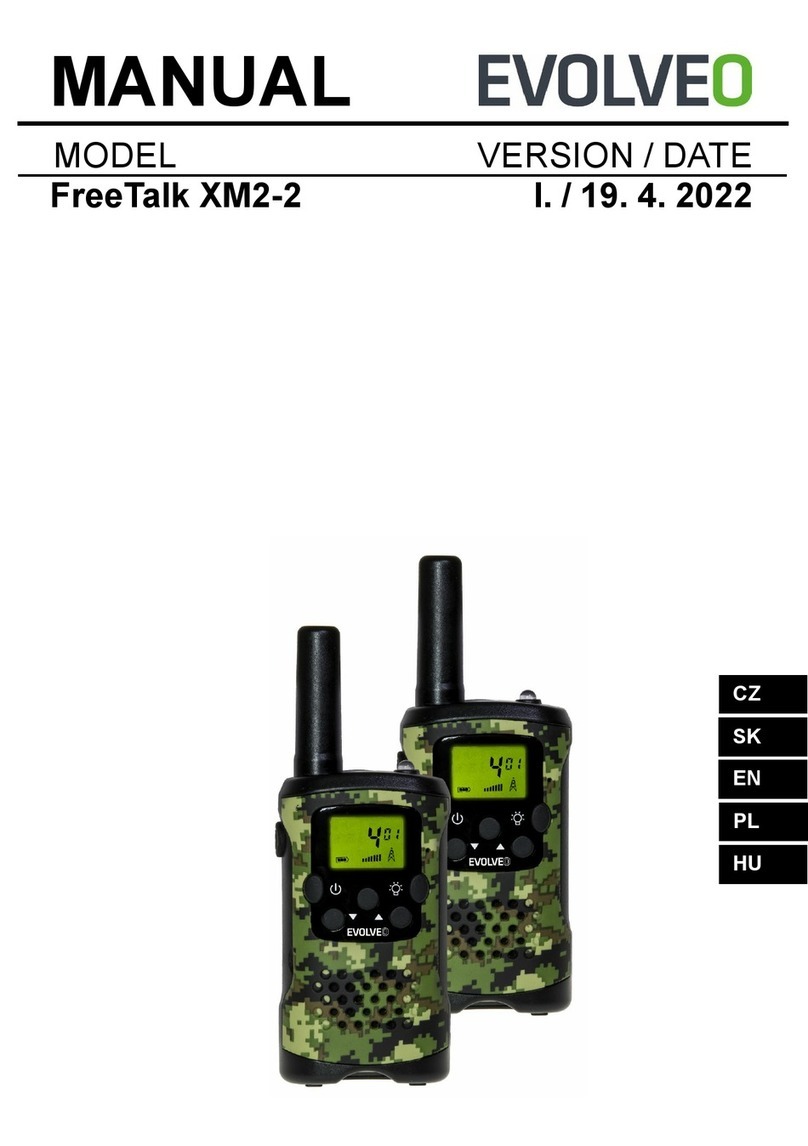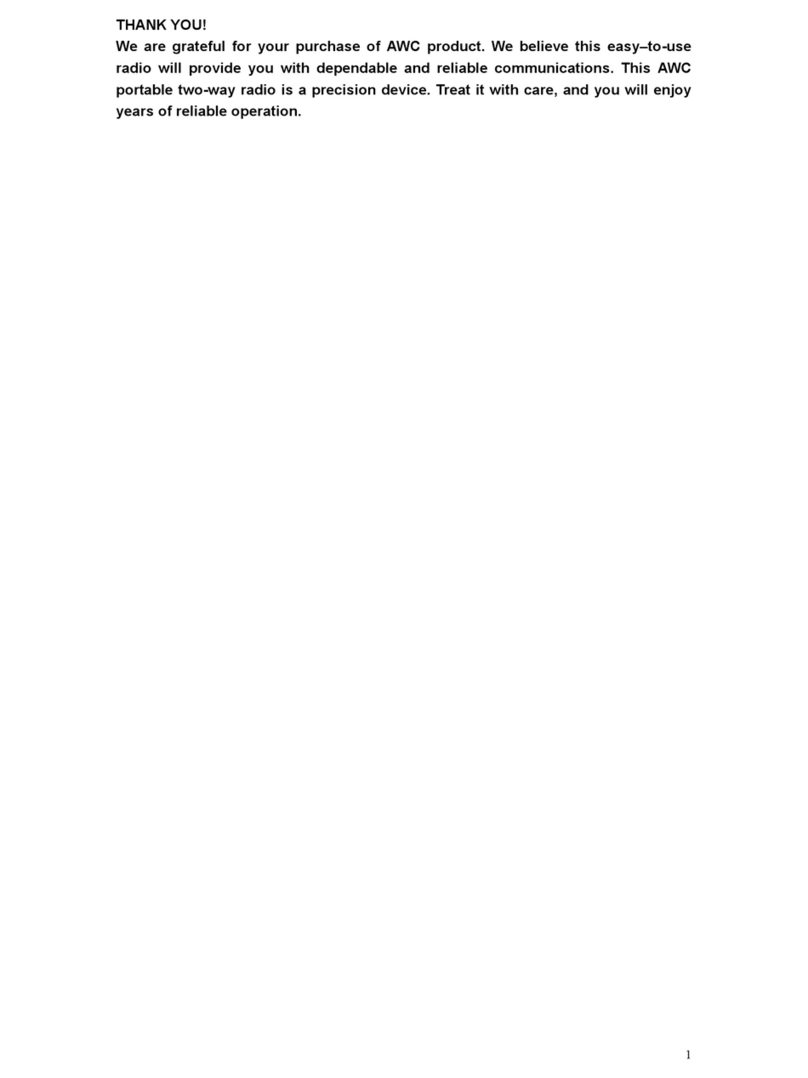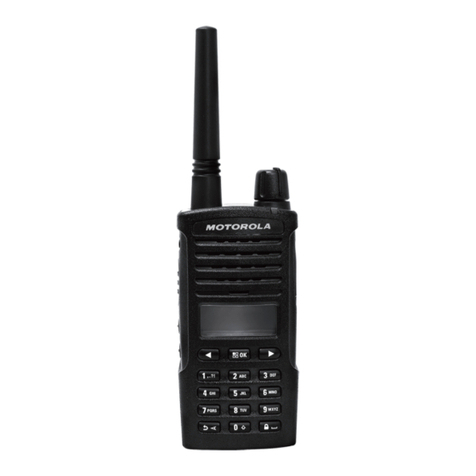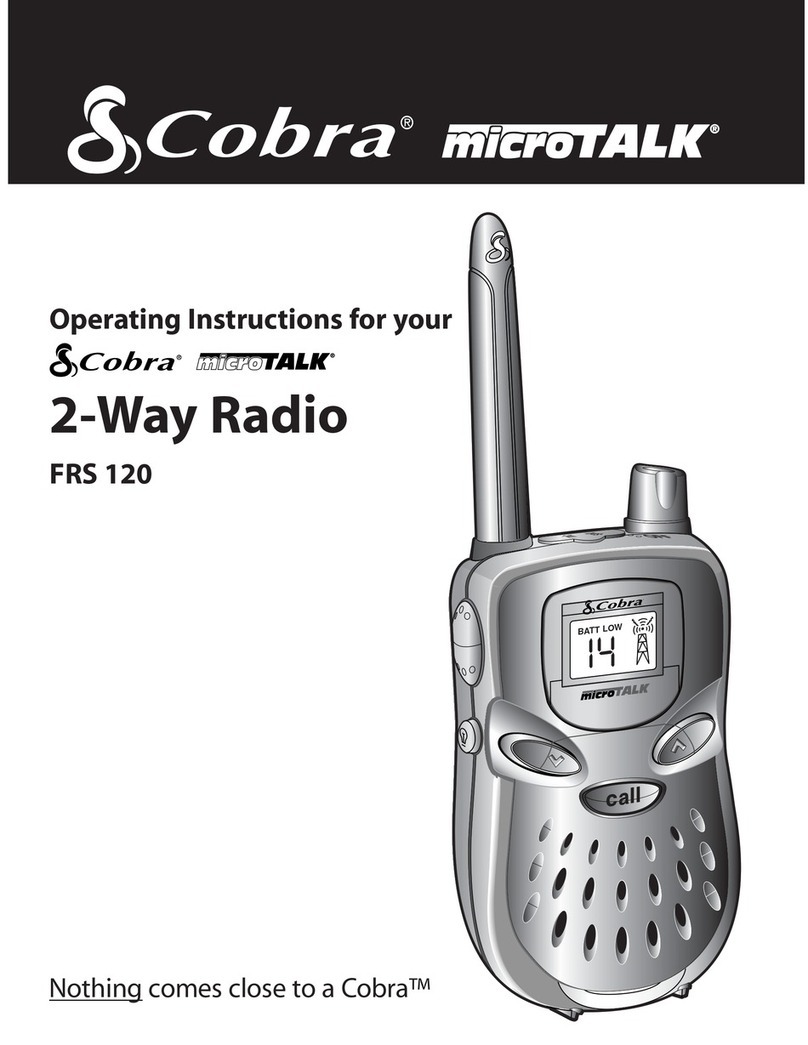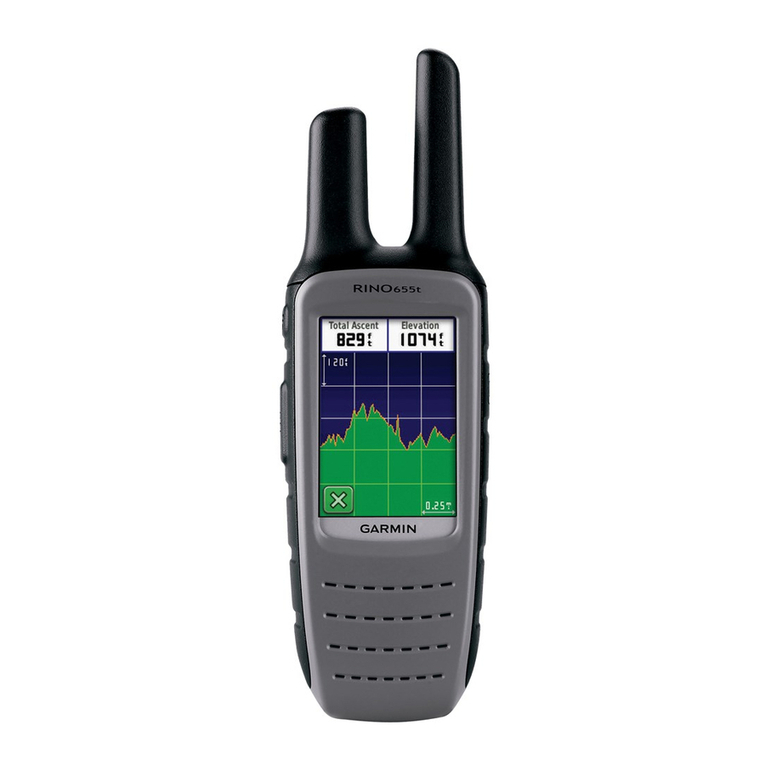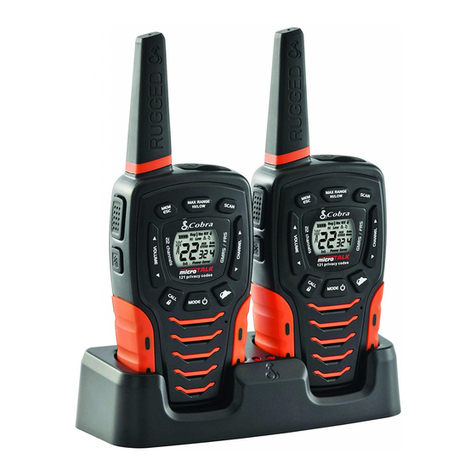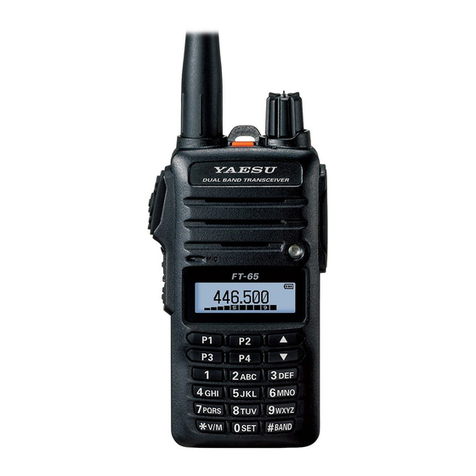
Service Manual SP - 1402
Page 4 of 35
Introduction
This Maxon Service Manual is a comprehensive guide to the maintenance and field repair of this
equipment. It covers all versions of the SP-1402 Series radio(s). Before using this manual please
read the whole of this introductory chapter, this will help you to make the best use of it. If you
have not done so already, please also read the warnings immediately in front of this chapter
before proceeding any further.
Using this Manual
The organization of this manual has been arranged to enable the location and referencing of
information, as quickly as possible.
Section 3 - Installation, Commissioning & Alignment. Describes connections to the radio, how
to commission it and how to align the radio should this becomes necessary.
Section 4 - Detailed functional description.
Section 5 - Troubleshooting.
Amendments to this Manual
From time to time during its lifetime, this product will be updated and improved. To cover such
changes, amendments to this manual will be issued in the form of replacements and/or additional
pages. It is important that anyone working on a product has all the relevant information.
Therefore you should incorporate amendments to this manual on receipt. Please follow the
instructions accompanying the amendment (in the form of an Engineering Bulletin) and be sure to
complete the amendment record at the front of this manual.
On occasion it may be necessary to issue product information more quickly than can be achieved
with an amendment. In this case the information will be distributed as a Maxon Engineering
Bulletin. Engineering Bulletin numbers are prefixed with a category letter –A, B or C.
E.g. CATEGORY C –ENGINEERING BULLETIN 120
Category C describes how Maxon recommends an improvement and/or a modification to make an
improvement to a product
Engineering Bulletin 120 index number allocated to this bulletin.
‘A’ Category A Engineering Bulletins will only be released if, by using the equipment
manufactured by Maxon or its subcontractors, a risk to operator safety or an infringement of
Type Approval is probable.
All units affected should be returned for modification to Maxon CIC Europe Works Department on
receipt of such a Bulletin.
